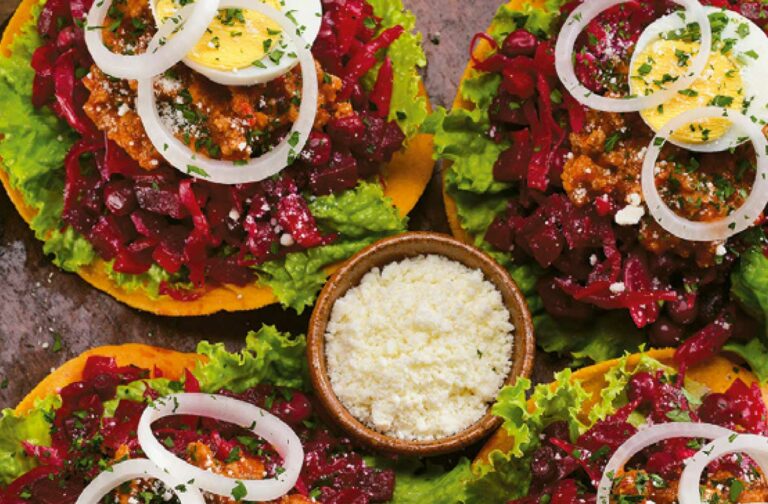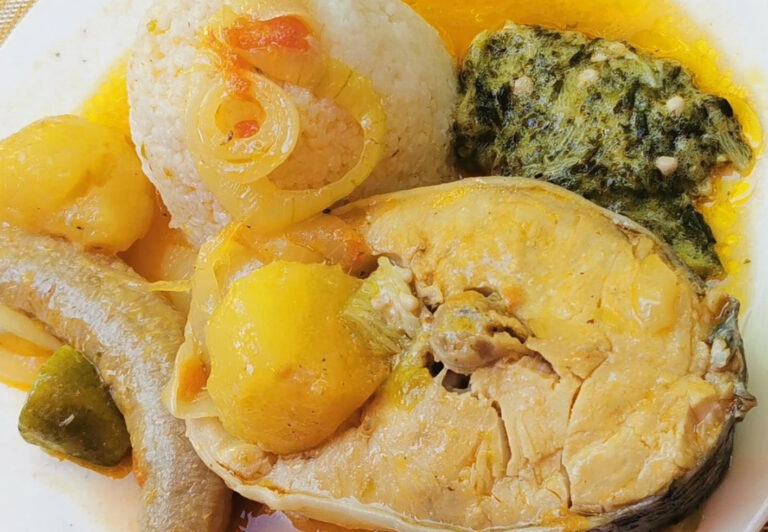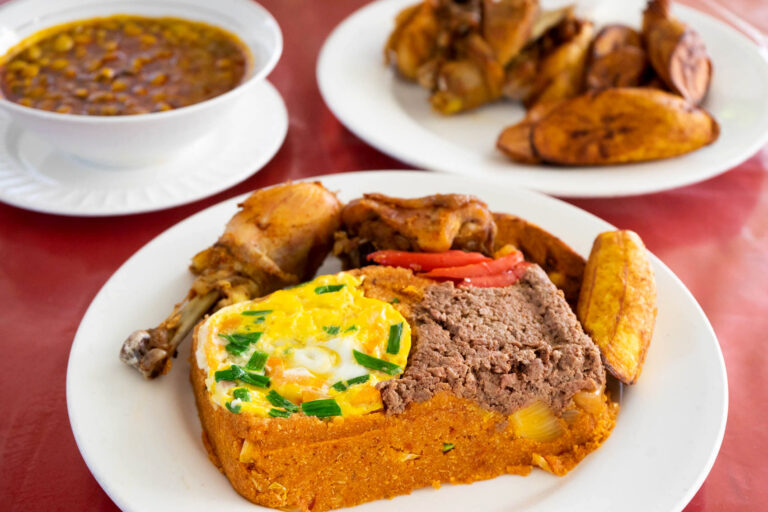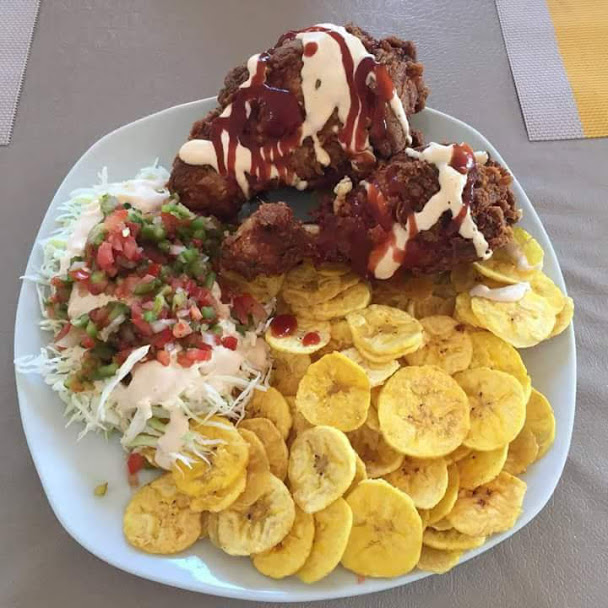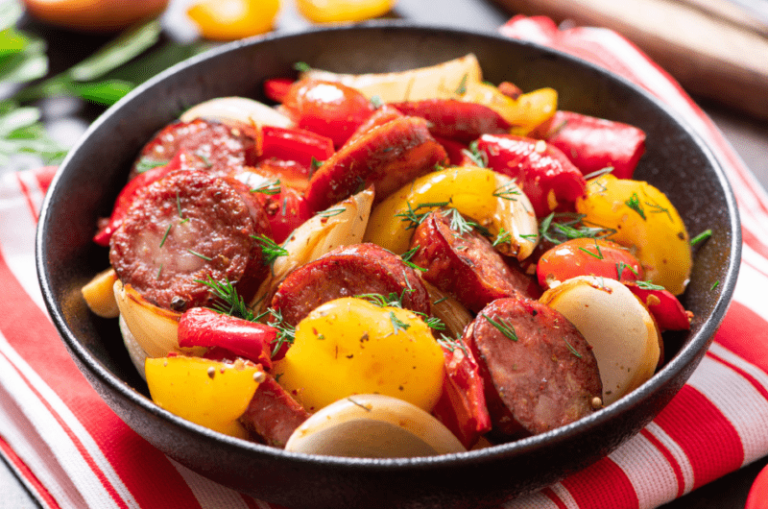Introduction: Vegetarianism in Guatemala
Vegetarianism has been a growing trend in recent years, with more and more people adopting plant-based diets for health, environmental, and ethical reasons. However, in some countries, like Guatemala, where meat and animal products are a staple of the traditional cuisine, it may seem challenging to find vegetarian options.
Guatemalan cuisine is rich and diverse, influenced by indigenous Mayan, Spanish, and African cultures. The cuisine is characterized by its use of corn, beans, rice, vegetables, and fruits, as well as a variety of spices and herbs. While meat is commonly used in many dishes, there are also plenty of vegetarian options available.
Plant-Based Proteins in Guatemalan Cuisine
While meat is a significant source of protein in Guatemalan cuisine, there are also many plant-based proteins used in traditional dishes. Legumes like black beans, pinto beans, and lentils are commonly used in stews, soups, and rice dishes. Quinoa, amaranth, and chia seeds are also popular sources of protein and nutrients.
Other plant-based proteins used in Guatemalan cuisine include tofu, which is commonly used in Asian-inspired dishes like stir-fries, and tempeh, a fermented soy product that can be used in savory dishes. Nuts and seeds, like pumpkin seeds and cashews, are also used as toppings and fillings in traditional dishes.
Traditional Vegetarian Dishes in Guatemala
There are many traditional vegetarian dishes in Guatemala that are delicious and satisfying. One popular dish is “chiles rellenos,” which are stuffed peppers filled with cheese, vegetables, or beans, and served with a tomato-based sauce. Another famous dish is “curtido,” which is a salad made with pickled cabbage, onion, and carrots, seasoned with vinegar and spices.
Other vegetarian dishes to try in Guatemala include “pupusas,” which are thick corn tortillas stuffed with beans, cheese, or vegetables, and “tostadas,” which are crispy tortillas topped with beans, lettuce, tomatoes, avocado, and cheese.
Vegetarian-Friendly Restaurants in Guatemala
While it may seem challenging to find vegetarian options in Guatemala, there are many restaurants that cater to plant-based diets. In Guatemala City, there are several vegan and vegetarian restaurants, such as La Pitaya Vegana, which offers a wide variety of plant-based dishes, including burgers, tacos, and smoothie bowls.
Other vegetarian-friendly restaurants in Guatemala City include El Jardín de Lolita, which serves traditional Guatemalan dishes with vegetarian options, and Café Saúl, which offers vegetarian and vegan options for breakfast, lunch, and dinner.
Alternative Ingredients for Vegetarian Guatemalan Dishes
For those who want to try cooking traditional Guatemalan dishes at home, there are many alternative ingredients that can be used to replace meat. For example, instead of using meat in stews and soups, you can use mushrooms or tofu. Instead of using chicken in tamales, you can use beans or vegetables.
Other alternative ingredients to try in Guatemalan dishes include plantains, which can be used to make savory dishes like “tostones,” and yucca, which can be used to make “fritters” or “croquettes.” Adding herbs and spices like cumin, coriander, and oregano can also add flavor to vegetarian dishes.
Conclusion: The Future of Vegetarianism in Guatemala
While meat still plays a significant role in Guatemalan cuisine, there are plenty of vegetarian options available for those who want to try plant-based diets. With the growing trend of vegetarianism and veganism worldwide, it is likely that more and more Guatemalan restaurants and traditional dishes will cater to plant-based eaters.
By using alternative ingredients and getting creative with traditional recipes, it is possible to enjoy the flavors of Guatemalan cuisine without sacrificing taste or nutrition. Whether you are a lifelong vegetarian or just looking for some meatless options, there is something for everyone in Guatemalan cuisine.

